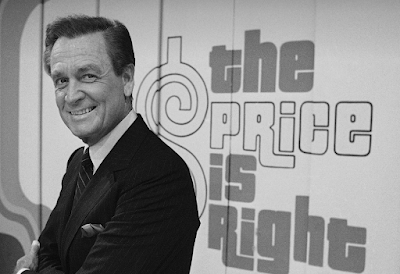 A survey of central banks and sovereign wealth funds by Invesco sheds light on their investment plans. The traditional separation of markets and the state may be helpful for ideological arguments, but the real situation is more complicated. Central banks and their investment vehicles (sovereign wealth funds) are market participants. In some activities, such as custodian, central banks compete with the private sector.
A survey of central banks and sovereign wealth funds by Invesco sheds light on their investment plans. The traditional separation of markets and the state may be helpful for ideological arguments, but the real situation is more complicated. Central banks and their investment vehicles (sovereign wealth funds) are market participants. In some activities, such as custodian, central banks compete with the private sector.
The Federal Reserve pays 1.95% interest to member banks for both required and excess reserves. This is well above interest on passbook savings accounts and even three-month CD rates, some have advocated that the Federal Reserve off retail savings accounts that would pay the same as the member banks receive. We suspect this is a non-starter.
We see little interest by officials to offer such retail services. US banks saw a small rise in the loan-to-deposit ratio in Q1 18 to almost 71% and range from about 65% to 85% for the largest US banks. As Q2 earnings are reported, this will be one of the metrics investors will scrutinize. Many US banks do not want to see their deposit base be pulled away by the Fed.
The Invesco survey of 62 central banks found a similar quest for yields that is apparent among many private sector investors. They found central banks were adding US mortgage-backed securities and emerging market bonds. Specifically, over the past two years, the Invesco survey found that on average the MBS holdings rose from 0.7% to 5.4% of central bank portfolios, while emerging market bond holdings increased to 2.2% from 0.5%. Corporate bond holdings appeared to slip slightly from 3.5% to 3.4%.
The Federal Reserve acts as a custodian for foreign central banks’ Treasury and MBS holdings. Net-net this year, the Treasuries held at the Fed have increased by about $11 bln this year. MBS holdings have risen by $29 bln. Foreign official MBS holdings peaked a decade ago near $890 bln. They have not been above $300 bln for three-four years and are near $291.3 bln now.
Emerging market currencies have generally weakened, while bond markets are mixed. Only three emerging markets currencies have gained on the dollar so far this year: Colombian peso (4.1%), Mexican peso (2.9%) and Malaysian ringgit (0.5%). The Argentine peso, Turkish lira, and Brazilian real are off double digits (33.3%, 16.1%, and 14.3% respectively). Many private sector investors like Russia, Nigeria, and Latam bonds from smaller countries like Peru and Colombia. Some eastern European bonds have also attracted investors, like Bulgaria, Slovakia, and Croatia.
Investors have also liked Chinese bonds. According to the PBOC, foreign ownership rose 60% over the past year to CNY1.36 trillion as of the end of March. The recently released IMF COFER data showed that the dollar value of yuan reserves, which were likely invested in mainland fixed income, rose to $144 bln from $95 bln at the end of Q1 17. Mainland bonds have been added to some benchmark indexes, like Bloomberg/Barclays Global Aggregate Index, and others are likely to include them in the coming period. Many central banks use benchmarks to guide and evaluate their investment decisions.
The Invesco survey found a significant minority (1/3) of sovereign investors (central banks and sovereign wealth funds) plan on reducing their equity holdings. The respondents cited valuation concerns, geopolitics, and the prospects of a trade war. Nearly half of the sovereign investors (126 surveyed with $17 trillion in assets) were incrementally or materially overweight equities. The survey found 40% were content with allocation. The survey was conducted in the first quarter. The survey found that average returns for sovereign investors were near 9.4% last year, more than double the 4.1% return in 2016. Sovereign investors were less optimistic this year and expected to return 5.8%.
Full story here Are you the author? Previous post See more for Next postTags: central-banks,China,Emerging Markets,equities,newslettersent,treasuries






































